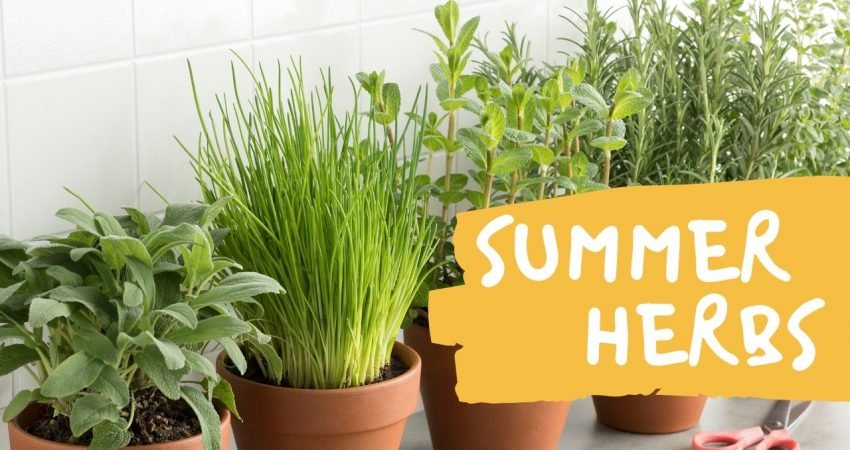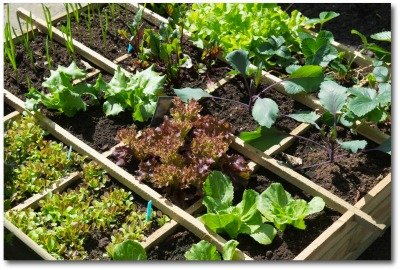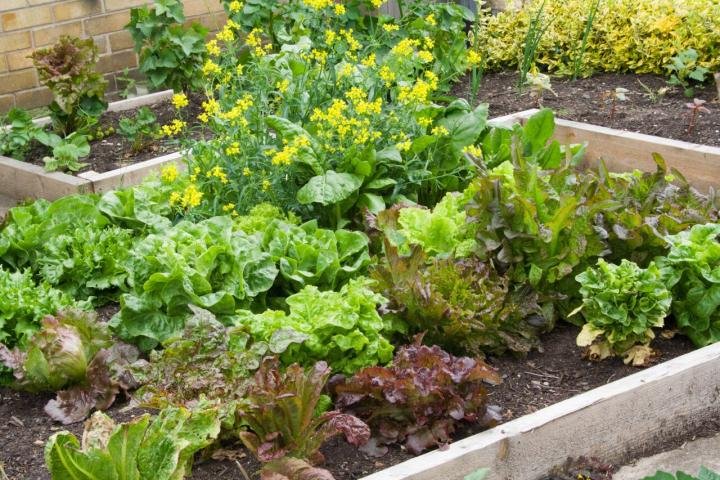
Have you though of having a healing garden in the short space that you have? Now that you have grown petunias, roses, and ornamental plants, it will be interesting to sow the seeds of some medicinal plants like insulin plant, methi, Aloe Vera, Basil, Chamomile, Candula, Thyme, rosemary and lavender. They can become your first aid kit for colds, coughs, headaches, insect bites anxiety and even sunburns. If you start growing them this summer they will grow big enough to be used this monsoon to combat ailments.

Have you though of having a healing garden in the short space that you have? Now that you have grown petunias, roses, and ornamental plants, it will be interesting to sow the seeds of some medicinal plants like insulin plant, methi, Aloe Vera, Basil, Chamomile, Candula, Thyme, rosemary and lavender. They can become your first aid kit for colds, coughs, headaches, insect bites anxiety and even sunburns. If you start growing them this summer they will grow big enough to be used this monsoon to combat ailments.
Potential plants & growth method
If you ask your grandmother, she may even suggest her own list of useful plants. But in most Indian homes the following plants are common for their curative properties.
4 types of Tulsi-Queen of Indian herbs
There are 4 tulsi varieties that can be grown-Ram, Krishna, Vana and Kapoor. The leaves have curative properties and it is taken in the form of:
- Herbal Tea
- Oil of the Kapoor variety is used for insect bites. It works well in the monsoons when mosquitoes and other insects flourish.
- Those who suffer from gasps of breath, the juice of Ram or Krishna tulsi is given. It removes cough, fever and even bronchitis, malaria, insomnia, hysteria, headaches, cholera.
- Tulsi oil is also poured in the ears to cleanse it.
- Tulsi beads have physical ad medical properties.
Aloe Vera-Skin specialist
If your balcony has good sunlight then only grow this plant.
The sap from aloe vera is extremely useful to speed up the healing & reducing the risk of infections for :
- wounds
- cuts
- burns
- reducing inflammation
Internally it is used for:
- ulcerative colitis (drinking aloe vera juice)
- chronic constipation
- poor appetite
- digestive problems
Gotu Kola-venom antidote
stimulates healing of :
- ulcers
- skin injuries
- decreasing capillary fragility
- stimulation of the lipids and protein necessary for healthy skin
- Leaves are thought to maintain youthfulness.
- Crushed leaves are poulticed to treat open sores.
It can also be used to :
- treat leprosy
- revitalize the brain and nervous system
- increase attention span and concentration
- treat venous insufficiency
Candula-bites & sting on skin
It grows in almost any type of soil condition. It has no problem with nutritionally poor, very acidic or very alkaline soils, just as long as it’s moist. Well known as a remedy for skin problems, the deep-orange flowered pot marigold variety is applied externally to :
- bites, stings
- sprains & wounds
- sore eyes
- varicose veins
- Internally it is used to treat fevers and chronic infections.
- The tea of the petals tones up circulation and, taken regularly, eases varicose veins.
Basil-Gas reliever
It is also taken with food.
- Cuts
- Lack of appetite
- Stomach gas
- Scrapes
Rosemary-sharpen your memory
Rosemary is the great reviver. This perennial woody herb stimulates energy and optimism and sharpens memory and concentration by bringing more oxygen to your brain, according to UMMC. It’s a wonderfully stimulating alternative to caffeine when you need that second wind!
A row of these long-lived and drought-tolerant plants makes a beautiful, bee-friendly, evergreen hedge. You may only need one plant in your garden, as a little bit goes a long way.

There are hundreds, perhaps even thousands, of other plants with medicinal value in India. These are the most common and effective healing plants can be grown in your own healing garden. Their curative properties make them easy to use as primary health care… in fact they are good enough to nip the ailment in the bud! This summer build a healing garden and ensure that in the monsoons, you will remain healthy to enjoy the rains.
Fenugreek, Methi
Fenugreek seeds are nourishing and taken to :
- encourage weight gain (take note, anorexics)
- inhibits cancer of the liver
- lowers blood cholesterol levels
- treat inflammation and ulcers of the stomach and intestines
- drains off sweat ducts
- body building
- for late onset diabetes
- poor digestion
- insufficient lactation
- painful menstruation
- labor pains
- Removes bad breath
- restores dull taste buds
Chamomile
With a sweet, crisp, fruity and herbaceous fragrance, has long been used medicinally as a remedy for problems regarding the digestive system. It has a soothing and calming effect in the area of aromatherapy, used to end stress and aid in sleep.
The entire herb is used to treat common aches like toothache, earache, shoulder pain and neuralgia.
Marshmellow-Useful roots
The plant of which marshmallows were once made of. The root is taken internally to treat :
- inflammations and irritations of the urinary and respiratory mucus membranes
- counter excess stomach acid
- peptic ulceration
- gastritis
Externally, the root is applied to :
- bruises, sprains
- aching muscles
- insect bites
- skin inflammations, splinters
- The leaves are very edible, unlike aloe vera. They can be added to salads, boiled, or fried. It handles cystitis and frequent urination.
Khus-Anti-inflammatory properties
It has anti-inflammatory and antiseptic effects that provide relief from inflammations in circulatory system and nervous system. Khus khus is used to create a tonic bath, which is the reason why it is often included in high quality soaps. It is a boon for individuals suffering from rheumatism, arthritis, gout, muscular aches, dryness and cracking of skin etc.
The oil obtained has sedative effect and aids in the treatment of emotional outbursts, such as anger, anxiety, epileptic and hysteric attacks, restlessness, and nervousness.
Healing processes, essentials recipe tips for detoxification
Most herbal medications are easy to prepare. The majority involve making an infusion, ortea, by pouring boiling water over leaves, stems, and/or flowers and allowing them to steep for a while. (One ounce or one-half ounce of herb to a pint of water is the usual proportion, with a steeping time of ten minutes or so.) Decoctions are made to extract the volatile principles from hard or woody parts such as bark or roots. The process requires boiling the pieces in water for three or four minutes, then allowing them to steep for an additional two to ten minutes (depending on the hardness of the materials and the strength desired).
Cold extracts are like teas, but require double the amount of herb, which is steeped in cold water for some 10 to 12 hours. A tincture is produced by steeping a dried, powdered herb in a one-to-one solution of alcohol and water for about two weeks. The bottle is shaken daily, and at the end of the period the herb is strained away and the liquid poured into a clean container for storage.
Tell us how green is your garden and how well it grows!

Very educative
Hi. I’m glad he found contentshop.in website, I really like it, the
article is very useful and I shared it! In order to survive the hard times ahead we found 2
very good books, you can download them here: https://bit.ly/2RlAHdb and here: https://bit.ly/3e3Bg59
Great success with this site!
thank you will check the site.